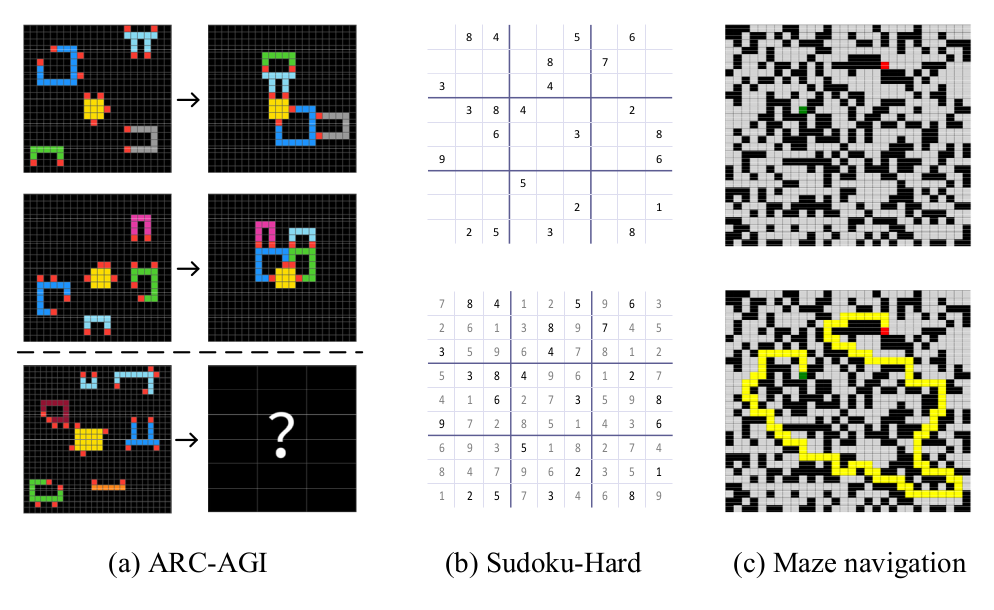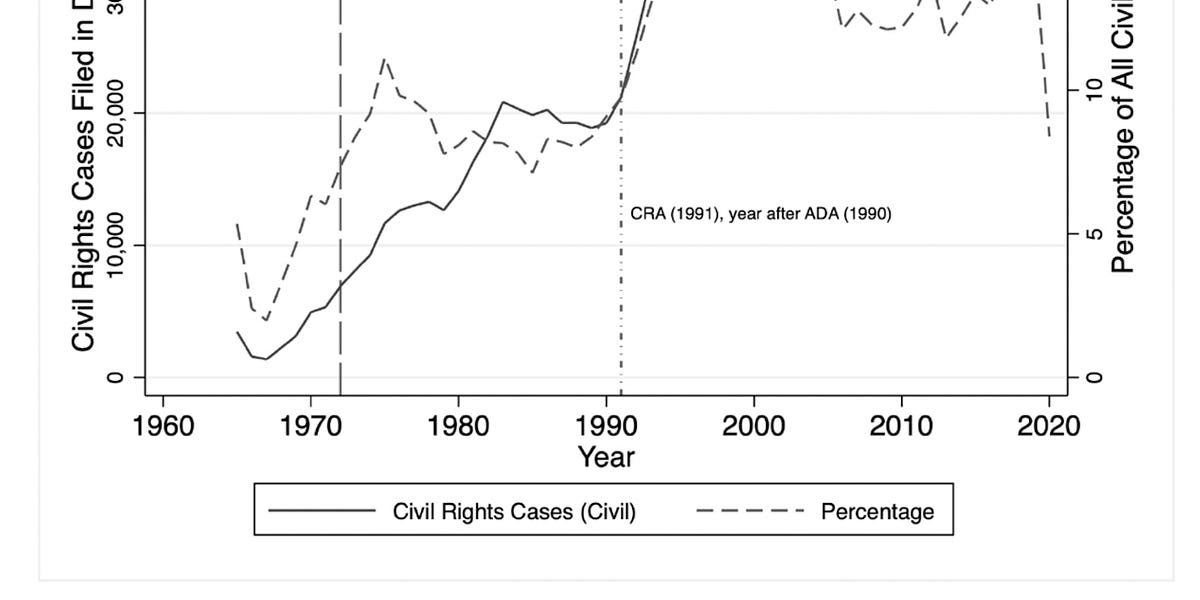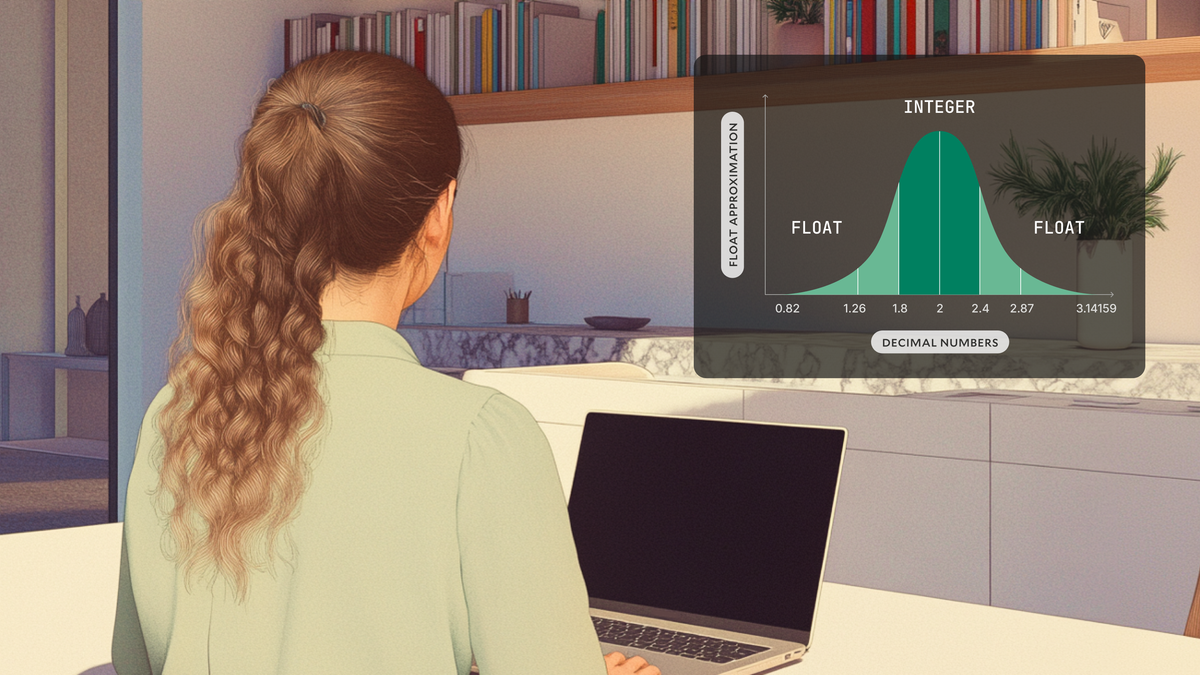Scaling Deep Learning Education in a College of Arts & Sciences
Artificial Intelligence systems powered by deep learning are changing how we work, communicate, and make decisions. If we want these technologies to serve society responsibly, tomorrow’s citizens need more than a superficial understanding of them, even if they are not computer science (CS) majors.
At the University of Michigan, the Department of Statistics took a bold step: we launched an accessible but rigorous deep learning course aimed at undergraduates in the College of Literature, Sciences, and the Arts (LSA). I was fortunate to be entrusted with leading this effort. Since its pilot offering in Winter 2022, the course has grown significantly and evolved in unexpected ways, from the topics we teach to the data students collect using their own sense of smell.
In this post, I share what we have learned in the past three years: the challenges we faced, the innovations we introduced, and what it takes to teach deep learning in a college of arts and sciences. I hope our experience will be useful to educators designing similar courses beyond traditional CS and engineering programs.














